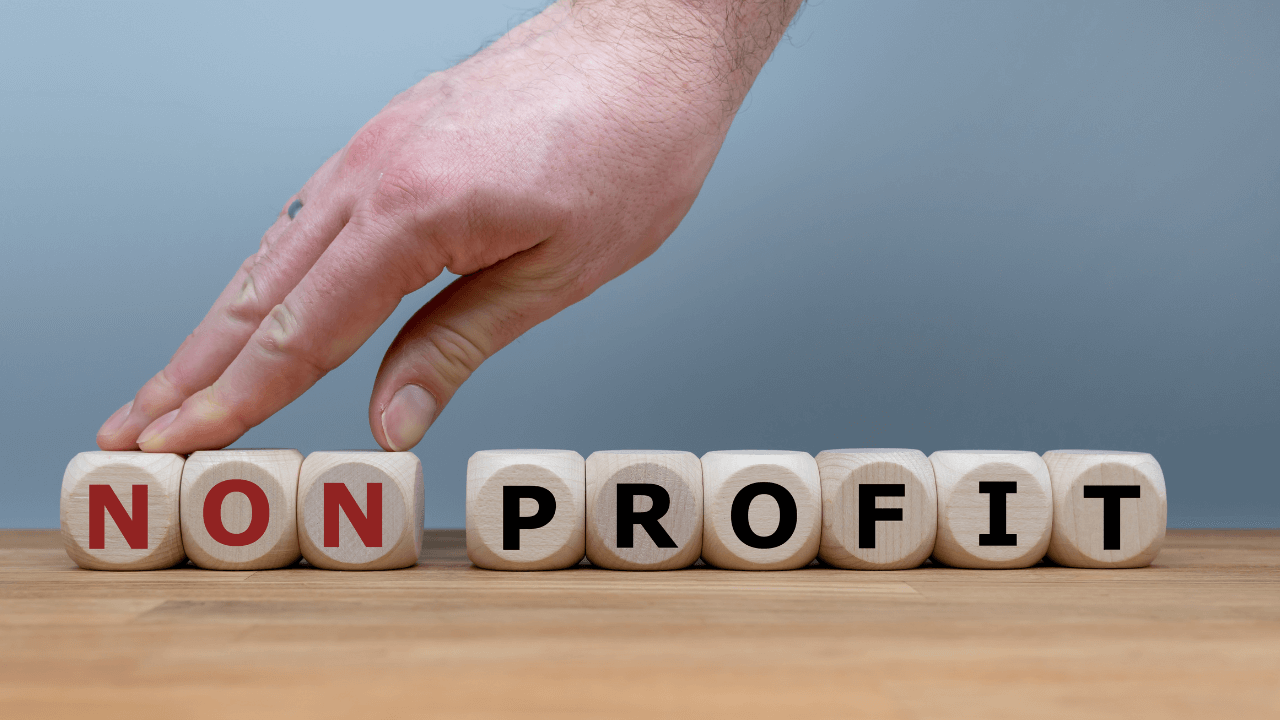Language:
From Hobby to Hustle: Ultimate Guide to Selling on Etsy

From beautiful handcrafted toys or jewelry to personalized sports team memorabilia, clothing, patterns, lotions, and tinctures, Etsy offers artists, creators, and entrepreneurs a platform to sell their goods. If you are skilled in making handmade items, Etsy can simplify the tech, help you target active buyers, and turn your talent into a business.
With Etsy, you can become a virtual shop owner without renting real estate or setting up a website. If you’ve considered starting a small business, read on for how to sell on Etsy.
Is Selling on Etsy Worth It?
For many entrepreneurs, selling on Etsy offers easy setup, a built-in wide customer base, and seller protection. Whether you’re looking for a side hustle for stay-at-home moms or plan to build your business empire, Etsy is the way to launch a business online without all the additional work. Here are the top reasons to consider selling on Etsy.
Wide Customer Base
When you’re just starting, the most challenging part of making sales is getting your products in front of potential customers. Unless you’re already an influencer or have an established website, this can take months or years.
Etsy has a large and active customer base, giving sellers access to millions of potential customers who are specifically looking for handmade, unique, and vintage products. When you optimize your Etsy shop, you can start making sales even in the first week.
Established Marketplace
Etsy is an established and trusted marketplace that has been around for years. Unlike a personal site, where would-be clients may worry about their information security, Etsy is established and well-known. Building client trust is the first step in sales, and Etsy takes care of that for you.
Easy and User-Friendly Platform
The easy-to-use platform makes creating a unique personalized shop that speaks to your target audience easier. The platform offers various tools and features to customize shop appearance, manage inventory, and handle transactions seamlessly.
Marketing and Promotion
If you’re ready to invest in building your business, Etsy makes that easy, too. Etsy has built-in marketing and promotional tools to help sellers increase their visibility and drive traffic to their shops.
Payment and Checkout Options
You want to know that your client’s information is secure, and if it’s not simple to pay, you’ll lose many customers at checkout. Fortunately, Etsy provides secure payment options for customers, including credit cards, PayPal, and gift cards, to simplify the payment process. With seamless integration, Etsy offers a familiar interface to maintain customer trust.
Seller Protection
Etsy provides certain protections for sellers, including seller policies, customer reviews, and a resolution center for dispute resolution. This means that if a buyer leaves an unreasonable poor review, fails to return a product after requesting a refund, or any other issue crops up, you’ve got resources to help.
What to Sell on Etsy?
You could sell almost anything on Etsy. Here are some of the most popular items you could sell on Etsy:
- Handmade home décor or art prints
- Handmade bags and purses
- Custom and handmade wedding accessories or wedding invitations
- Personalized gifts
- Craft supplies
- Pet gifts and accessories
- Vintage clothing
- Handmade jewelry
- Handmade accessories
- Customized clothing, like t-shirts, hats, and hoodies
- Notebooks and journals
- Printables, including craft or sewing patterns
- Homemade bath and beauty products
- Zero-waste products
- Vintage furniture or other vintage items
- Homemade toys
- Hand-carved wooden items, including sculptures, furniture, and toys
How to Sell on Etsy in 6 Steps
If you’re ready to sell on Etsy, there are only a few simple steps. You’ll want to perform market research, start to strategize, and then set up your shop. Here’s how to set up an Etsy business.
Step 1: Research and Plan
You’ll want to start by defining your target market and niche. Will you make homemade jewelry or personalized pet toys? You can research current opportunities to find items unavailable for your target market.
Then, you’ll want to conduct market research to understand your competition and pricing. You can search on Etsy to see similar products, how competitors set up their stores, and how they position product offerings and packages.
Based on your research, you can define your unique selling proposition (USP) and create a business plan. This will make you stand out to clients and what you can uniquely offer them. You will use your USP to craft your message, design your Etsy shop, and position products to fill target customers’ pain points.
You’ll also want to consider creating an LLC for your Etsy shop at this stage. Find LLC name ideas here.
Step 2: Set Up an Etsy Shop
You will want to choose a shop name that reflects your brand and speaks of your product offering. Then, consider customizing your shop’s appearance and branding to attract customers. There are Etsy site functions that allow you to personalize your shop, optimize for search engines, and drive site traffic. Finally, you’ll need to set up payment methods, select shipping options, and list items.
Creating a free Etsy account requires only a few steps:
- Go to Etsy.com/sell and click “Get Started”
- Enter your email address and follow the prompts to create your personalized account login
- Select your shop language, country, and currency
- Choose a store name
- Customize your storefront
- Update security settings and set up two-step account authentication to make your shop secure
And with that, you’re ready to start listing products and make your first sale!
Step 3: Develop a Compelling Product Listing
The next step is to make your product stand out. There’s a reason that “a picture is worth a thousand words” is a common expression. A high-quality photo will do more to build buyer confidence than any description.
Aim to take high-quality product photos that showcase your items. You can do this with any smartphone and find free tutorials online to enhance your smartphone photography or touch up photos afterward. You can even consider working with or learning from a professional photographer.
Then, write engaging and descriptive product titles and descriptions. Think of what you’d want to know if you were shopping for the items, and be sure to include that! For example, include product dimensions, materials, and notes on unique features or your process.
Be sure to research and include relevant keywords to optimize your listing for search ranking and get more customers into the shop. You can focus on optimization both for Etsy and to rank in Google and other major search engines. Finally, be sure to set competitive pricing that aligns with market standards so that you can build customer trust and close more sales.
Step 4: Promote Your Etsy Shop
Social media platforms can create awareness and drive traffic to your shop. You can engage with potential customers through interesting, unique, creative, or humorous content and interactions. You can also collaborate with influencers or other Etsy shop owners for cross-promotion.
Consider all social media platforms, but Pinterest, Instagram, Facebook, and Twitter can be particularly good for driving potential customers to your shop. Remember to research and implement SEO techniques to improve your shop’s visibility in search results.
Step 5: Provide Excellent Customer Service
Customers need personal attention. Responding promptly and professionally to customer inquiries and messages can go a long way in building customer trust. Even more fundamentally, ensures accurate and timely order fulfillment and shipping. Offer hassle-free returns and address customer concerns effectively to increase satisfaction and positive feedback.
Finally, encourage customer reviews and feedback to build trust and credibility. Be sure to respond right away to negative reviews or comments and do what you can to resolve issues to build trust further. Additionally, consider getting e-commerce insurance to protect your company.
Step 6: Analyze and Optimize
Etsy offers unique tools to track performance, conversions, sales, and more. You can utilize Etsy’s analytics tools to track your shop’s performance and identify areas for improvement.
Carefully analyze customer behavior, conversion rates, and sales data to decide which products to highlight and where you have additional opportunities.
You will want to continuously optimize your product listings, pricing, and marketing strategies based on data insights to increase conversions and sales.
Who Can Sell on Etsy?
Anyone can sell on Etsy if they meet the platform’s requirements. Whether you’re a small business owner, a hobbyist, or a creative individual, Etsy provides a platform for you to reach millions of potential customers worldwide.
The only site usage restriction for individuals is that you must be 18 years or older. However, Esty has restrictions on the type of items you can sell. Everything on Etsy must be handmade, vintage, or a craft supply. In addition, if you sell handmade items, you must have made the items yourself. If others were involved in productions, you must accurately describe every person involved in making an item in your “About” section.
Vintage items must be at least 20 years old. Craft supplies are defined on Etsy as “tools, ingredients, or materials whose primary purpose is for use in the creation of an item or special occasion”. Party supplies can fall under the category of craft supplies.
You cannot sell prohibited items (alcohol, tobacco, regulated items, etc.), services, and items that violate Etsy’s intellectual property policies.
How Much Does It Cost to Sell on Etsy?
There are various selling fees on Etsy you’ll want to be aware of. These are:
- Listing Fees: 20¢ for every new listing
- Transaction Fees: 6.5% transaction fee (plus a small additional amount in the UK, Turkey, Spain, France, and Italy)
- Payment Processing Fees: 3% plus $0.25 on each transaction
- Currency Conversion Fees: 2.5% currency conversion fee on the sale amount
- Offsite Ads fees: 12% to 15% of the item purchased through offsite ads
- Etsy Shipping Costs: 6.5% of the total cost your customers pay for shipping
- Etsy Plus: $10 per month
Etsy costs will cut into your profits. However, if you have a large following, the fees are more than worth the additional exposure and built-in customer base you gain.
Building Your Etsy Business
Etsy can help you build an additional revenue stream or launch a new business. There’s no limit on how much you can create and sell while building long-term financial freedom. But to create unique products, improve your storefront, and research your target market takes time. You need a reliable team on the back end to help ensure success.
Forming an LLC offers liability protection while adding professional credibility to your company. Get doola LLC formation services as part of your team. With doola, you get guaranteed fast formation in any state. doola will also help you get an EIN and open a business bank account so you can focus on building your unique Etsy business.
FAQs
Do I need to have a business license to sell on Etsy?
You don’t need a business license to sell on Etsy if you’re selling items as a hobby. However, you will need an Etsy business license if you’re building a business. If you want to increase protection and add legitimacy to your business, consider forming an LLC for your Etsy business.
How old do you have to be to sell on Etsy?
You have to be 18 years old to sell on Etsy. Anyone aged 18 or older can sell on Etsy if they meet all other seller guidelines.
How to sell on Etsy without inventory?
You can sell digital products on Etsy without inventory. Consider pattern downloads, templates, cosmetics labels, printable planners, logos, business cards, or other cards like thank-you cards. You could also use a drop shipping service to manage inventory.
How to sell on Etsy without shipping?
Etsy doesn’t have a built-in option for local pickup or delivery. But you could include these services in your Etsy shop. You can also consider digital products that don’t require shipping.
How many Etsy listings should I have?
The number of Etsy listings you should have will depend on your product offerings and shop. Some experts recommend starting with 10 to 20 items to showcase your offerings without creating an overwhelming inventory.
Keep reading
Start your dream business and keep it 100% compliant
Turn your dream idea into your dream business.














